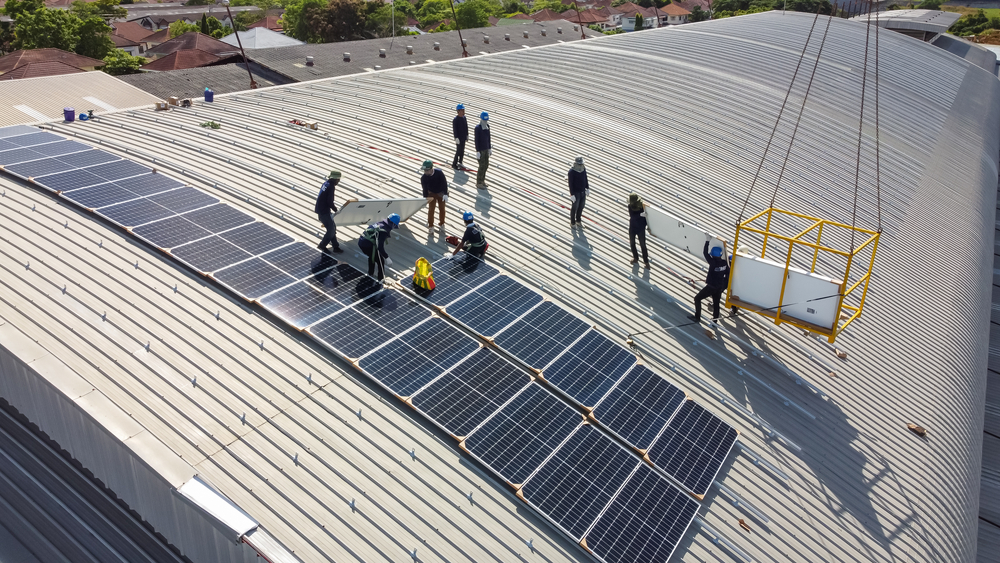The United States is preparing for an energy transformation, and it’s no secret that a trained workforce is critical to making the transition to a cleaner future a success. The recent announcement by the Biden administration of a $40.8 million investment in 27 new training centers across the country is a critical step in preparing people for the emerging clean energy economy.
Meeting the growing demand for green skills
The energy landscape is rapidly changing, and there is an urgent demand for competent experts capable of driving change across several industries. According to the US Department of Energy, there is a large gap between renewable energy job prospects and the availability of trained personnel to fill these tasks.
Henry McKoy, Director of the DOE Office of State and Community Energy Programs, underlines the significance of cultivating the next wave of clean energy professionals: “Not only will these students and workers help revolutionize the future of green buildings, but they will help us all achieve our energy goals and fight climate change.”
Nationwide training centers on the cutting-edge
These new centers, which are being established across the country, include a wide spectrum of educational institutions, from community colleges to technical schools and universities. Within approximately three years, these institutes hope to teach approximately 3,000 people about energy efficiency, decarbonization, and sustainable energy manufacturing.
The Industrial Assessment Centers (IACs), one of the flagship initiatives, focuses on optimizing manufacturing operations by training personnel for tasks such as energy auditors and electric car technicians. These facilities, which were established decades ago, provide hands-on training by giving free energy audits to small and medium-sized industries, resulting in significant cost savings and emission reductions.
Increasing opportunity and inclusion
The program is about more than just addressing corporate expectations; it is about inclusivity and empowering people from all walks of life. The centers cater to a wide range of skill levels and collaborate with community colleges and high schools to provide internships, college credits, and chances for technical skill development.
According to Jeremy Avins, Supervisory Program Manager at the DOE, the program’s commitment to diversity and community support is highlighted: “Thirteen of the 27 new training centers serve a high percentage of students from minority groups, supporting the Biden administration’s pledge to direct benefits to disadvantaged communities.”
Driving change outside of academia
The IAC program is expanding its reach beyond typical academic settings, investing in centers outside of universities to prepare people for high-quality employment that does not require a bachelor’s degree. The International Association of Heat and Frost Insulators and Allied Workers, for example, will manage an IAC training facility that will enable unionized insulators and apprentices to undertake insulation audits.
Bridging the employment gap in clean energy
While the immediate impact is to train thousands, the joint efforts and partnerships formed via these centers are projected to jumpstart the careers of thousands of students and workers. Avins believes that these measures will encourage a large number of people to pursue jobs in sustainable energy.
This financial injection is more than just an investment in workforce development; it is a commitment to supporting a robust, inclusive green economy. These centers are positioned to build a new generation of professionals eager to steer the country toward a cleaner, more sustainable future by focusing on education, diversity, and community empowerment.











